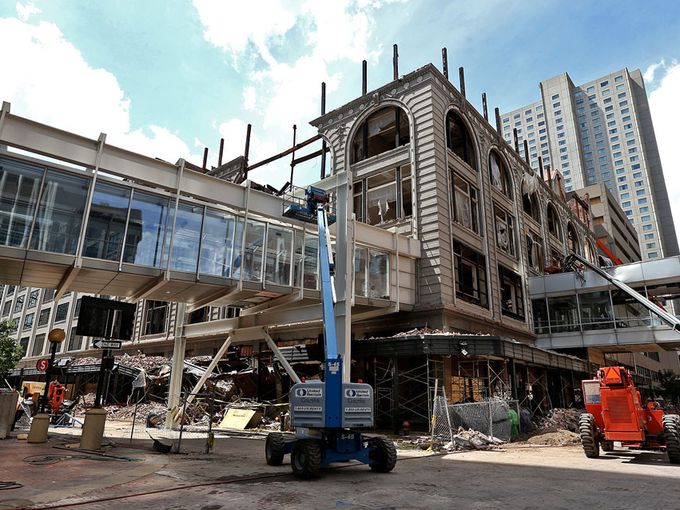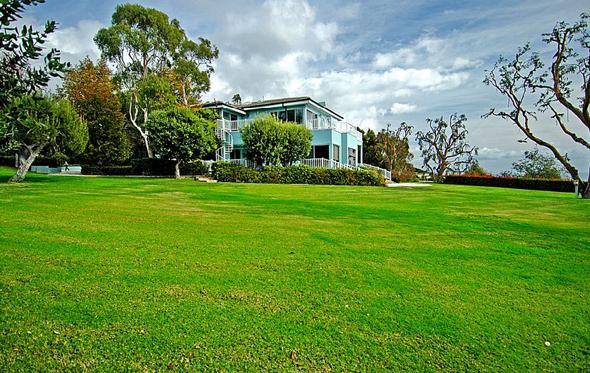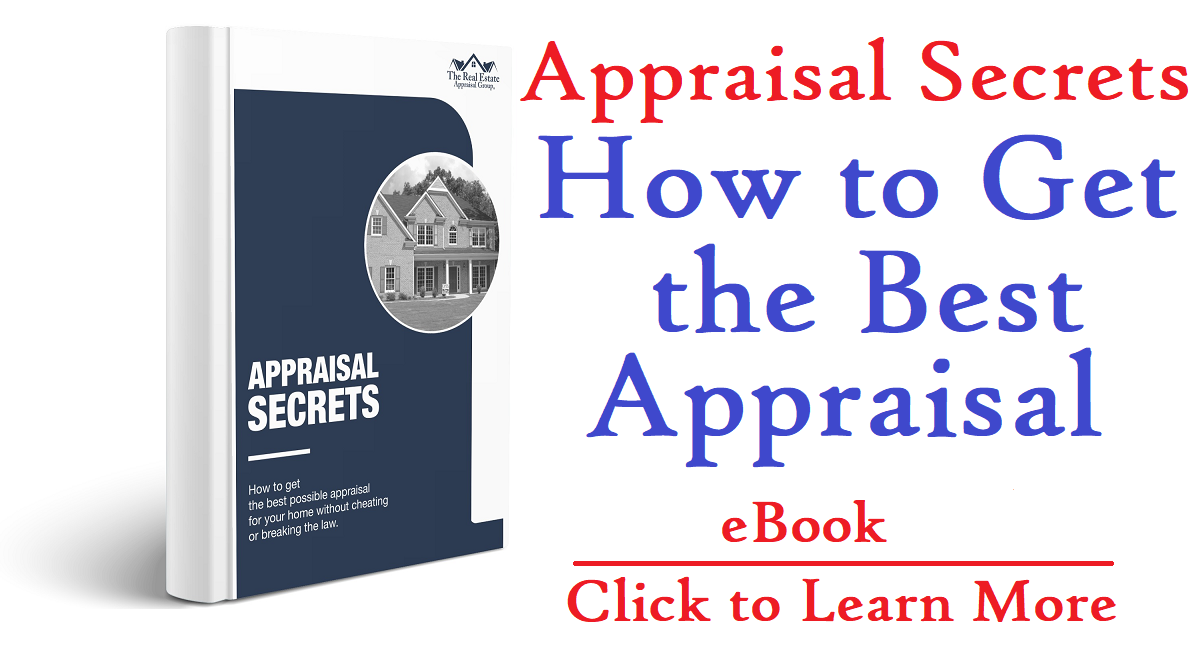
by Jonathan Montgomery | Feb 26, 2015 | Real Estate Terminology, Uncategorized
Real estate, like most things, starts to deteriorate with age. The majority of homes in this country are built to last a minimum of 60 years. This doesn’t mean that houses older than 60 years start to lose value based on age alone. Some people are more interested in the “fine wine” of real estate- homes in a historic district. https://www.youtube.com/watch?v=jzM232QJkRU Here’s a quick video from the field summarizing a few points form this article. What is a Historic District? The first ever historic district was established in 1931 in the city of Charleston, California. The city created a Board of Architectural Review (the BAR), tasked with: “the preservation and protection of the old historic or architecturally worthy structures and quaint neighborhoods which impart distinct aspect to the City of Charleston.” The specifics of these rules vary from place to place, but they ultimately work to achieve the same goal. Historic districts exist to preserve the character and feeling of an older neighborhood- to help it maintain it’s vintage feel. I Work in Real Estate. What Does This Mean For Me? Historic districts are created to define an area where several new codes and restrictions are set in place to preserve an area’s character. Let’s say we’re an agent showing a client a lovely little townhome in Georgetown. While they love the property, you overhear them discussing plans to paint the house pink. This isn’t a condo. There isn’t a home owners association telling you what you can and can’t do with your home. Except for the historic district codes. We’ll state again that these codes...

by Jonathan Montgomery | Feb 19, 2015 | Real Estate Terminology, Uncategorized
If you work in real estate, you should have a decent idea of what adds value to a home and what doesn’t. Even if you don’t work in real estate, you may still understand that remodeling a kitchen will (usually) increase your value more than, say, adding a closet. For anyone who doesn’t know, there are typically three major types of rooms that will get you the most bang for your buck when updating a house: Kitchens & Bathrooms Kitchens are easy to identify- there’s usually a set of appliances, counters, cupboards, faucets… we don’t really need to explain what a kitchen is. Having an updated kitchen will basically always add value to a home. For the most part, it’s pretty easy to tell if a room is a bathroom or not. Is there a toilet? It’s a half-bath. Is there a toilet AND a shower/tub? It’s a full bath. Full baths are typically worth more than half-baths- and that’s all you need to know about bathrooms. …but what about bedrooms? What makes a bedroom a bedroom? There are four major requirements that a bedroom must meet to be considered a bedroom. 1. The length and width of a bedroom must be at least 7 feet in both directions. 70 sq ft is the assumed minimum in most cases, but technically speaking, 7×7 length by width is the absolute bare minimum for a bedroom (although I’d still rather not stay in one that small.) 2. A bedroom ceiling must be at least 7 feet tall. When it comes to attic...

by Jonathan Montgomery | Feb 5, 2015 | Uncategorized
Most people would assume that the larger their lot, the more it’s worth. Surprisingly, that’s not always true. In fact, it may not even increase the value at all. To explain this clearer, let’s say you have a beautiful home on a 1-acre lot in Maryland with a water-front view. Your house, backyard, garage, garden, and basically everything you need to live comfortably sits on half an acre of that land. So now you’ve got this extra half-acre of land to the left of your house that’s just sitting there. It takes some maintenance to keep this extra land, and an even longer time to mow the yard. Suddenly, your family has an idea: “Why don’t we sell just a portion of our property to someone else? We don’t really need it anyway.” It’s a great idea. You call up a real estate appraiser to come and check out your property, only to get some bad news. Apparently, Maryland requires a lot to have an area of at least 3/4 acres. And you only have 1/2 an acre to spare. We real estate appraisers call this surplus land. Here’s the definition from the Real Estate Appraisal Dictionary (Fifth Edition): “Land that is not currently needed to support the existing improvement but cannot be separated from the property and sold off. Surplus land does not have an independent highest and best use and may or may not contribute value to the improved parcel.” Since you’re a 1/4 of an acre short, zoning doesn’t allow you to split your land into multiple lots. You’re stuck with this...






Recent Comments